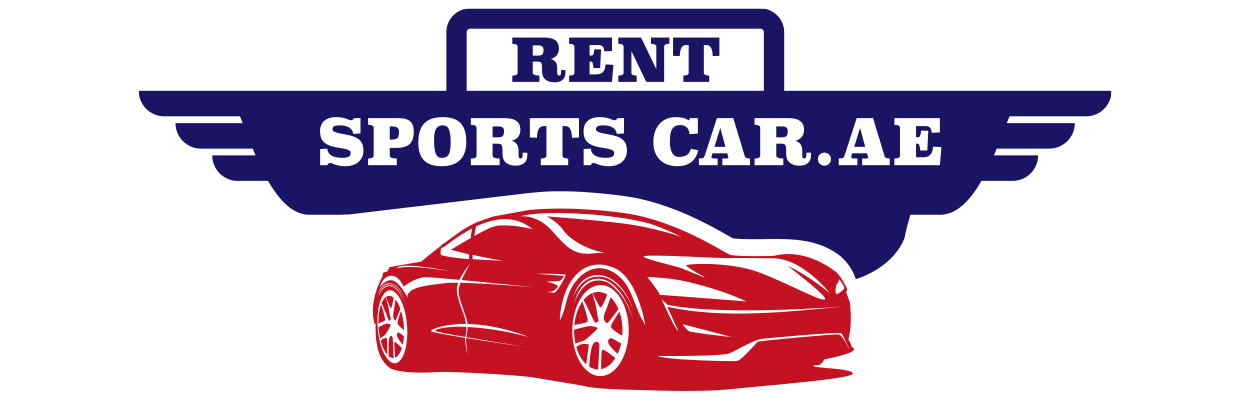4 Brake pedal situation and solutions
Your car’s brake system ensures your vehicle can come to a complete and timely halt. If your brakes are worn or not properly working, your vehicle may take longer to stop or may not stop at all, both of which might result in an accident. Here are a few brake pedal situations you may come across and what you should do if you ever come across one to ensure a smooth and safe drive.
If your brake pedal suddenly sinks to the floor, do this
If you’re driving and the pedal suddenly lowers to the floor, you are in a big problem. This is because it signals a lack of pressure in the braking system, which results in a car that will not stop when you push the brake pedal.
If you ever come across this situation the first thing you should do is pump the brakes as quickly as possible. This is an effort to increase braking pressure. If it works, you must pull over to the side of the road and immediately stop driving.
If you have a manual transmission, you should change to a lower gear while doing this. Some automated cars will also enable you to manually pick your gears – move to a lower gear if possible. This allows you to slow down your car without using the brakes.
How do you not confuse gas and brake pedal?
Accidents caused by pedal errors are much more prevalent than is often recognized. The combination of haste and distraction is a risky formula that often results in automobile accidents caused by pedal misapplication. If you are one of the drivers who get confused between gas and brake pedals, here are a few tips to overcome the issue.
The heel should never be lifted off the ground
The driver should strictly adhere to the heel-to-the-floor approach, utilizing only the right foot to handle the throttle and brake. At this stage, the driver just alternates the forefoot between the two tasks, with the heel aligned with the pedal. Maintaining the heel on the floor ensures that the foot is always in the proper position, eliminating incorrect placement and making it easier to modulate the gas or brake power.
Brake after gas
There is another habit that may help you avoid confusion. This habit is generally referred to as “brake after gas,” which means that as soon as your foot leaves the gas pedal, it should gently contact the pedal, allowing you to stop quickly and in a timely way as required, reducing the danger of an accident.
When driving an automobile, be focused and calm
The most essential thing to remember is that a vehicle driver must maintain focus and calm when driving, even while stopped. The concentration will assist the driver in controlling oneself as well as the accelerator and brake pedals, making vehicle control simpler.
Why is my pedal hard?
If your pedal feels hard, it could be one of several things.
One possibility is that you may need new brake pads. When the brake pads wear down, they can cause the pedal to feel harder. Another possibility is that there is something caught in your brakes, such as a rock or a leaf. This can cause the brakes to bind and make the pedal harder to push. A third possibility is that there may be air in your brake lines. This will make the pedal harder to push since air is less dense than the liquid.

If your pedal is hard, there are several things you can do to try to fix the problem:
- Replace your pedal if you think it needs replacement
- Check for and remove any rocks or debris from your brakes
- Check for and remove any air from your brake lines
How to detect low brake fluid symptoms on time
One of the biggest dangers of driving a car is not being able to stop when you need to. Luckily, there are some warning signs that your car’s brakes might be starting to give out.
If you start to notice any of the following symptoms, it’s time to take your car in for a check-up:
- Your pedal feels soft or spongy when you press it
- Your car doesn’t stop as quickly as it used to
- You hear a squealing or grinding noise when you brake
- Your steering wheel starts to shake when you brake
If you notice any of these symptoms, then it might be a sign of low brake fluid.
Conclusion
As a new driver, understanding the basics of your car will help you be a more confident driver. Take the time to learn about the different parts of your car and what they do. Similarly, you should learn when to press the brake and when to press the gas pedal as this may cause serious issues. Wish you a safe drive!



